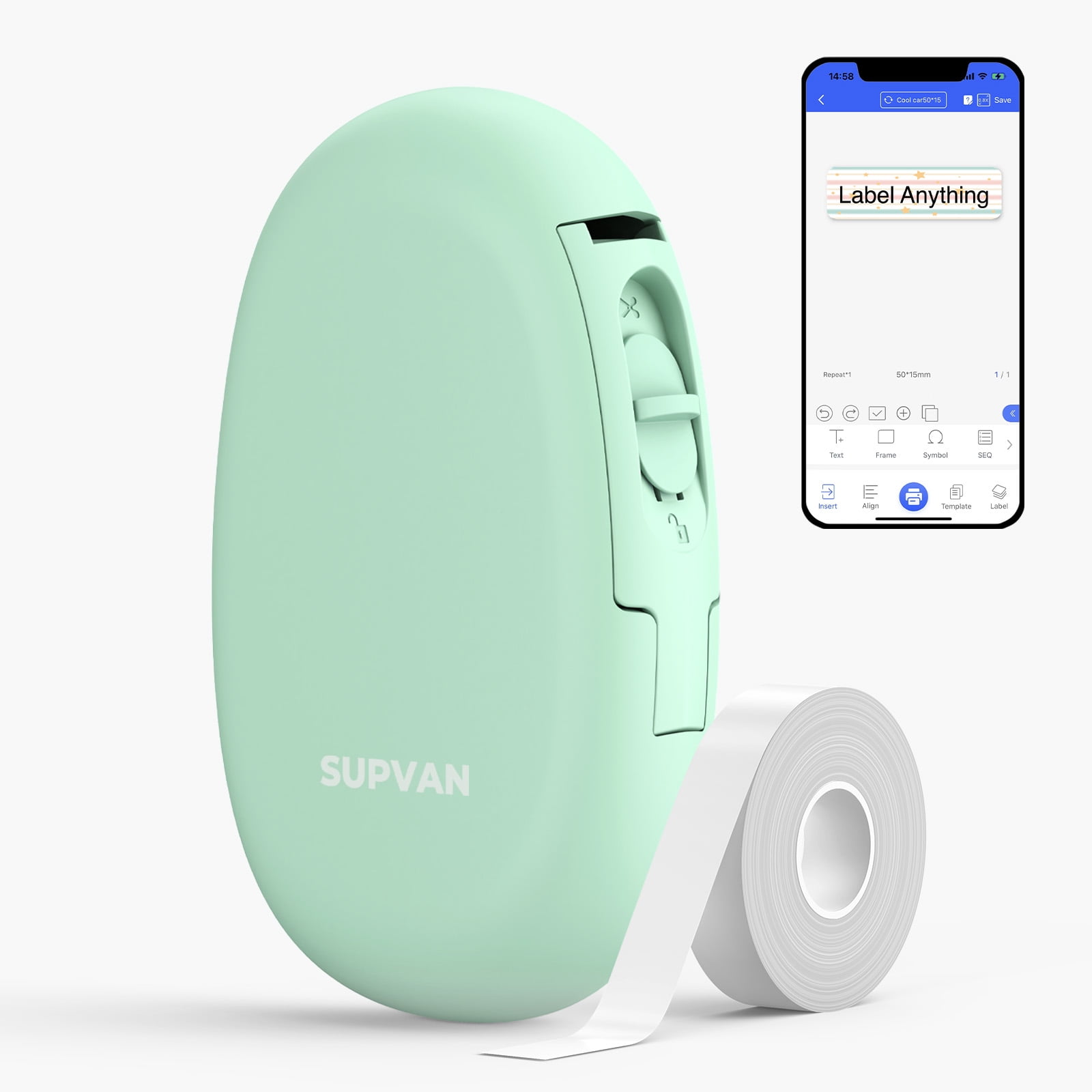As the internet continues to evolve, businesses are looking for new ways to improve their website performance and user experience. One of the most innovative approaches to web development today is headless development. This approach separates the front-end user interface from the back-end content management system (CMS), enabling businesses to deliver better website performance and user experience. In this article, we’ll explore how headless development can unleash the power of your website and improve your online presence.
Table of Contents
What is Headless Development?
Headless development is a web development approach where the front-end user interface and back-end content management system (CMS) are separated. Unlike traditional web development, where the front-end and back-end are tightly coupled, headless development decouples them, allowing developers to build websites and applications without being tied to a specific CMS or platform.
How Does Headless Development Improve Website Performance?
Since headless development decouples the front-end and back-end, the website loads faster, improving performance. The front-end uses lightweight technologies such as HTML, CSS, and JavaScript, while the back-end uses a flexible and scalable CMS. This separation reduces the workload on the server, resulting in faster page load times and a better user experience.
How Does Headless Development Improve User Experience?
Headless development improves the user experience in several ways.
- First, it enables developers to build websites and applications that are responsive and accessible across all devices and platforms.
- Second, it allows businesses to deliver personalised content based on their preferences and behaviour, resulting in a better user experience.
- Finally, since headless development allows businesses to integrate different technologies and platforms, it provides greater flexibility and scalability, resulting in a better user experience.
The Role of APIs in Headless Development
Application Programming Interfaces (APIs) play a critical role in headless development. APIs allow different systems and platforms to communicate with each other, enabling businesses to build a seamless and integrated website or application. For example, businesses can use APIs to integrate their CMS with third-party applications such as social media platforms, marketing automation tools and e-commerce platforms, resulting in a better user experience.
Best Practices for Implementing Headless Development
Implementing headless development requires careful planning and execution. Here are some best practices to follow:
- Define your website or application goals and objectives.
- Choose the right CMS that meets your business needs.
- Identify the technologies and platforms you need to integrate with.
- Use APIs to connect different systems and platforms.
- Test your website or application thoroughly before launching.
- Monitor your website or application performance and user experience regularly.
- Continuously optimise your website or application based on user feedback and analytics.
Examples of Websites and Applications Built Using Headless Development
Many businesses have successfully implemented headless development to improve their website performance and user experience. Here are some examples:
- Airbnb: Built a new landing page using a headless CMS that increased page load speed by 5x.
- Spotify: Used headless development to deliver personalised content to users based on their music preferences.
- Wired: Redesigned their website using headless development and saw a 25% increase in page views.
- The New York Times: Built a new subscription platform using headless development that improved user experience and increased revenue.
Revolutionise Your Web Development with Headless Architecture
Headless development is an innovative approach to web development that can improve your website performance and user experience. By separating the front-end user interface from the back-end content management system, businesses can build websites and applications that are responsive, personalised and scalable. If you want to improve your online presence, consider implementing headless development and unleashing the power of your website.
















